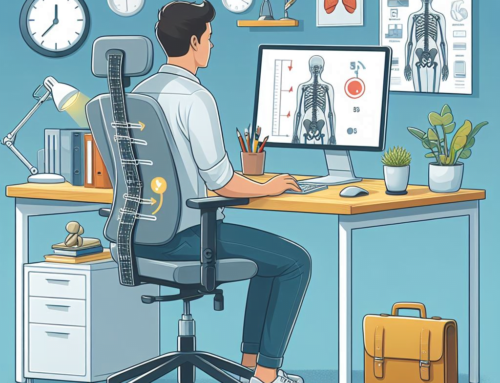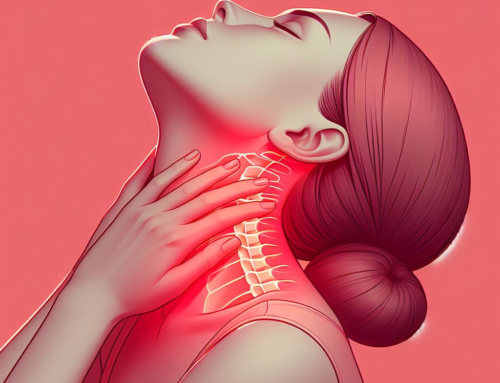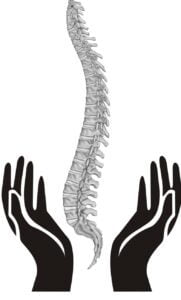Our spine is the central support structure of our body, playing a crucial role in our mobility, posture, and overall well-being. However, maintaining spine health is often overlooked until discomfort or pain arises. In this article, we explore essential tips and practices for keeping your spine strong, flexible, and healthy for a lifetime of movement and vitality.
Understanding the Importance of Spine Health
The Backbone of Well-being
The spine consists of 33 vertebrae stacked on top of each other, with intervertebral discs acting as cushions between them. This intricate structure supports the weight of the body, protects the spinal cord, and allows for flexibility and movement.
Impact of Poor Spine Health
Neglecting spine health can lead to various issues, including back pain, reduced mobility, poor posture, and even nerve damage. By prioritizing spine health, we can prevent these problems and maintain an active lifestyle.
Also read From Strain to Strength: Empowering Your Back and Neck Health Journey
Tips for Maintaining a Strong and Flexible Back
Proper Posture Practices
Sit and Stand Tall
- Align Your Spine: Sit or stand with your spine in a neutral position, avoiding slouching or leaning to one side.
- Support Your Lower Back: Use a chair with lumbar support or place a small cushion behind your lower back to maintain its natural curve.
Exercise Regularly for Spine Strength
- Core Strengthening: Engage in exercises such as planks, bridges, and bird dogs to strengthen the muscles that support the spine.
- Flexibility Training: Incorporate stretching exercises, yoga, or Pilates into your routine to improve spine flexibility and range of motion.
Practice Proper Lifting Techniques
- Bend Your Knees: When lifting heavy objects, bend your knees and keep your back straight to avoid putting excessive strain on your spine.
- Use Your Legs: Lift with your legs rather than your back, and avoid twisting while lifting.
Maintain a Healthy Weight
Excess weight puts added stress on the spine and can contribute to back pain and other spinal issues. Maintain a healthy weight through a balanced diet and regular exercise to reduce strain on your spine.
Stay Active Throughout the Day
Prolonged sitting or inactivity can weaken the muscles that support the spine. Incorporate regular movement breaks into your day, such as walking, stretching, or standing up and moving around every hour.
Invest in Ergonomic Furniture and Equipment
Ensure that your workspace is ergonomically designed to promote good posture and reduce strain on your spine. Use an adjustable chair, ergonomic keyboard and mouse, and position your computer monitor at eye level to maintain proper alignment.
Also read Unveiling the Mystery: Decoding Common Back and Neck Issues
Incorporating Spine-Healthy Habits into Your Daily Routine
Mindful Movement
Practice Mindful Posture Checks
- Body Awareness: Periodically check in with your posture throughout the day, making adjustments as needed to maintain proper alignment.
- Mindful Movement: Pay attention to how you move and lift objects, avoiding sudden or jerky movements that can strain the spine.
Mind-Body Practices for Spinal Wellness
- Yoga and Tai Chi: These gentle, low-impact practices improve flexibility, balance, and posture while promoting relaxation and stress reduction.
- Breathing Exercises: Deep breathing exercises can help relax the muscles surrounding the spine and reduce tension and stress.
Conclusion: A Lifetime of Spine Health
Maintaining a strong and flexible back is essential for overall health and well-being. By incorporating these tips and practices into your daily routine, you can support the health of your spine and enjoy a life free from pain and discomfort. Remember, small changes can make a big difference in the long-term health of your spine. Prioritize spine health today for a lifetime of movement, vitality, and well-being.
Note: We are also on WhatsApp, LinkedIn, and telegram, to get the latest news updates, Join our Channels. WhatsApp– Click here, to telegram – Click Here, and for LinkedIn– Click Here.








Get Social